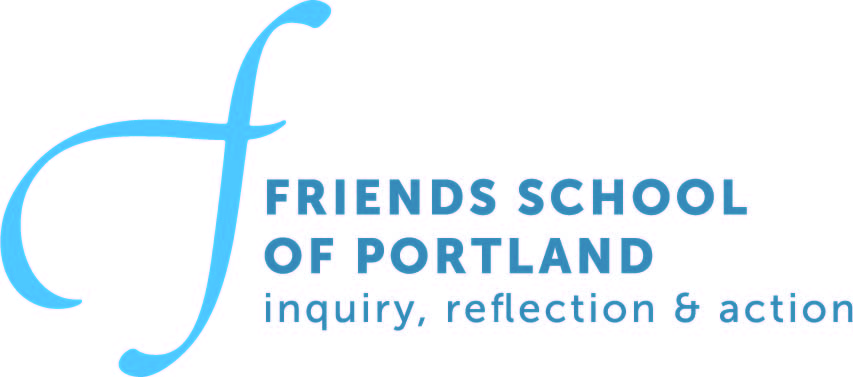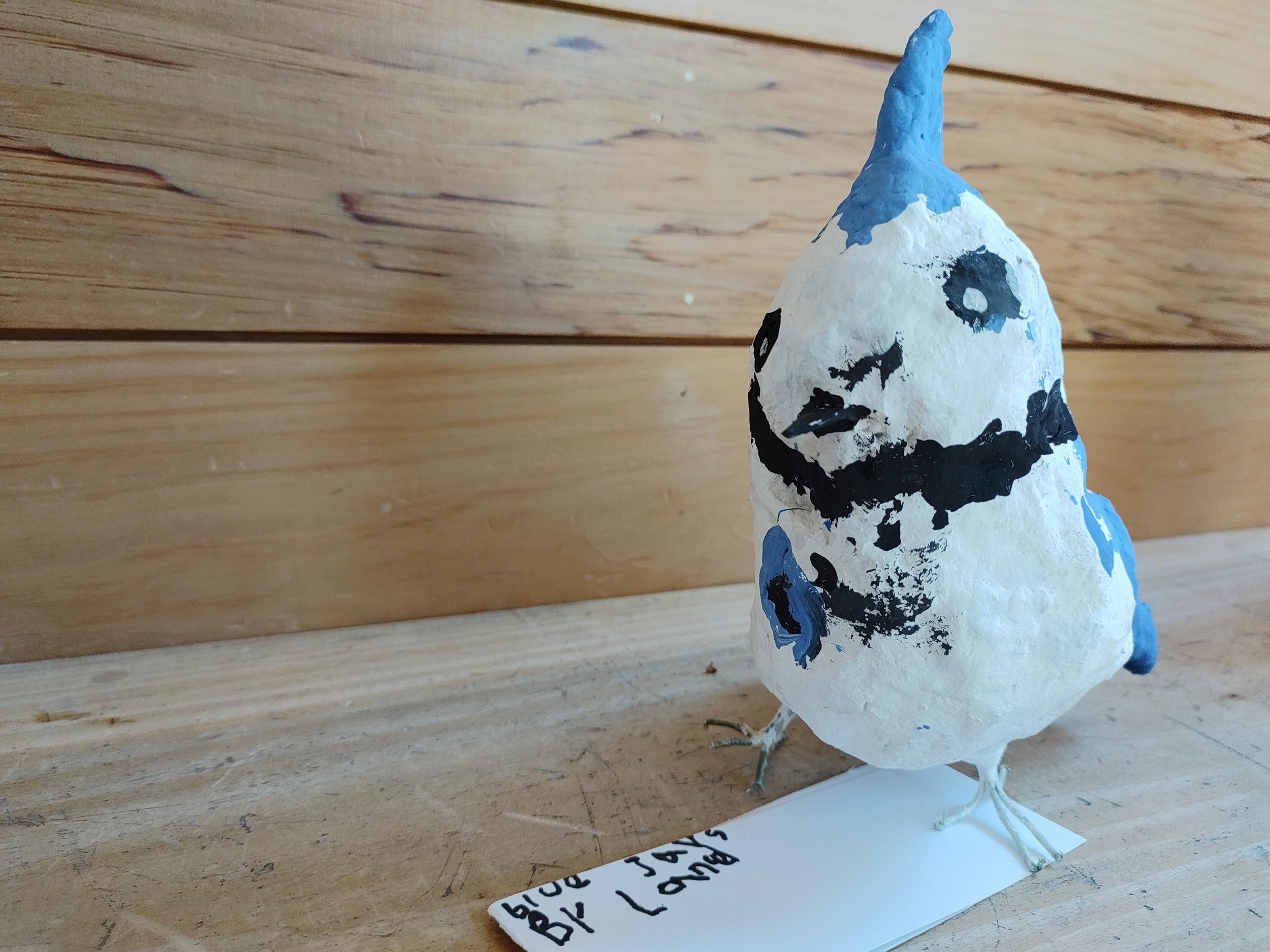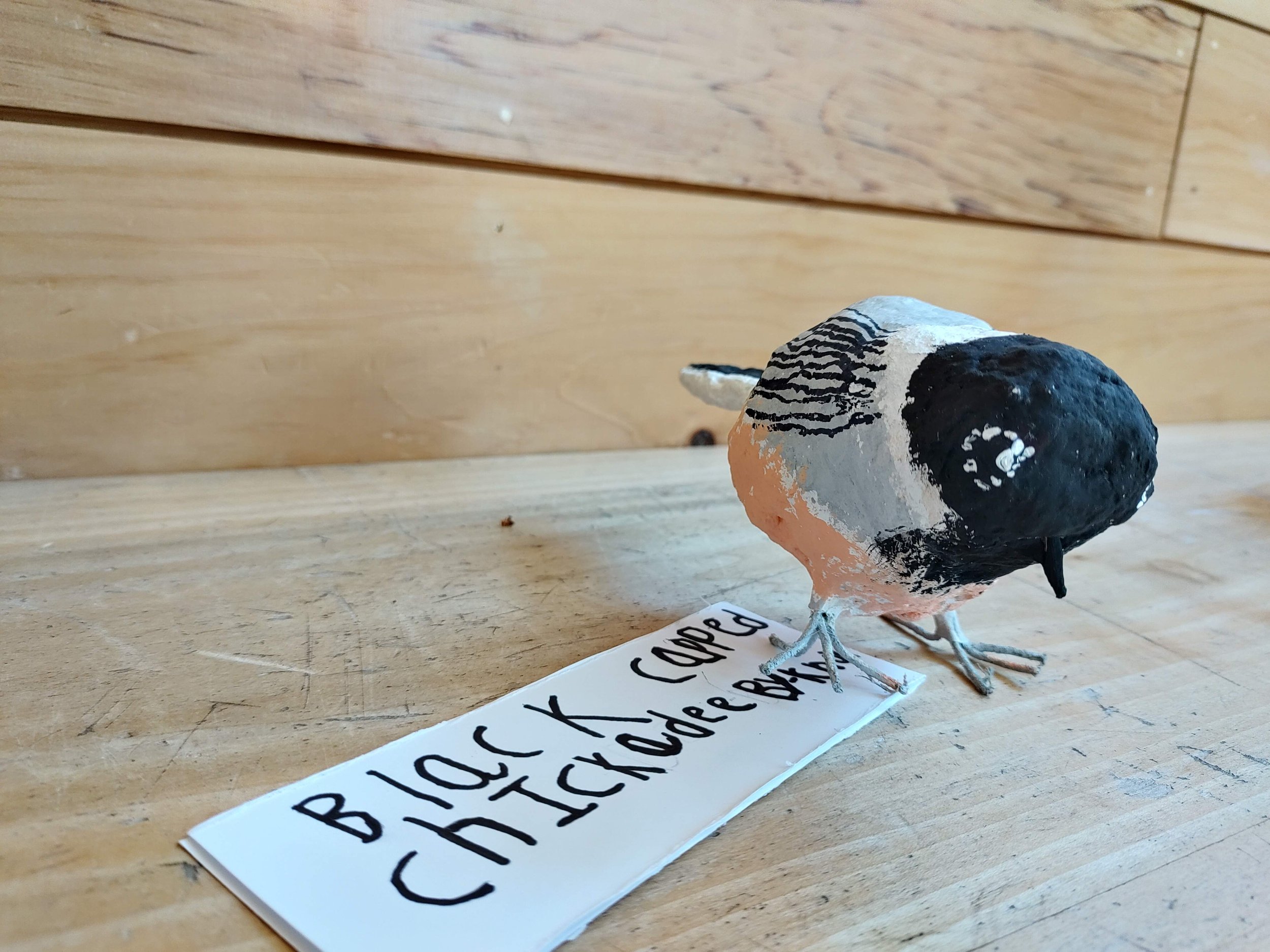Bird is the Word: A Kindergarten Exploration
Bird is the word in the kindergarten room.
"Why are the animals hibernating?"
"How do birds keep warm?"
"Why do birds fly away in the winter?"
"Why don't their nests just blow away in a storm?"
"Do they have a top on their nest so they don't get snow on them?"
"How can they keep warm if their nest is open?"
"What are their nests made out of?"
Each season, children in kindergarten go on a “wander.” During their Winter Wander, students noticed their surroundings and then made a list of their questions -- including a few from above. Many of the questions were about birds which gave way to launch their exploration and study of birds!
Children began by noticing the features that make a bird a bird through observational drawings and viewing from the bird perch in their classroom loft to begin identifying the birds that visit their feeders. The class collected data about the kinds of birds that make their homes in our forest.
Then, each child chose a bird local to Maine to become the expert on. Children were encouraged to have conversations with their families about their birds, looking for books or information to read together with their families to begin becoming experts. Over the next couple of weeks, children learned about their bird's diet, winter adaptations, nesting habits, body parts, song/call, and behavior through observation.
Children learned about the size of their bird, found a stick that was the same size as their bird, and then put the bird sticks in order from smallest to largest.
Many of the wonders kindergarteners had about birds revolved around their nesting habits. After reading Mama Built a Little Nest, kindergarteners and their muddy buddies built their own nests. Together they identified a safe place to build their nest that wouldn't be blown away by a snowstorm and would be safe from predators. It was more challenging than it sounds!
A field trip to the Maine Audubon was packed with bird-related exploration. Kindergarteners used identification guides to determine what kinds of birds they were seeing, then recorded how many of each bird they observed on tally charts. Then, the children settled into stillness. Holding handfuls of birdseed, children hoped a chickadee might come over and have a snack right out of their mittens.
Kindergarteners have observed the bird life returning more and more around us. Children came to the classroom after February break with stories about the birds they heard and saw over vacation, and the new research they are undertaking at home about birds they are excited about. Parents have shared stories like: “Oh, I see a tufted titmouse. I’ve got to tell Julian.” “They just said that The Black Crows are playing this song on the radio. That’s Abby’s band.” Students have become experts on their birds and notice their friends' birds, too!
























